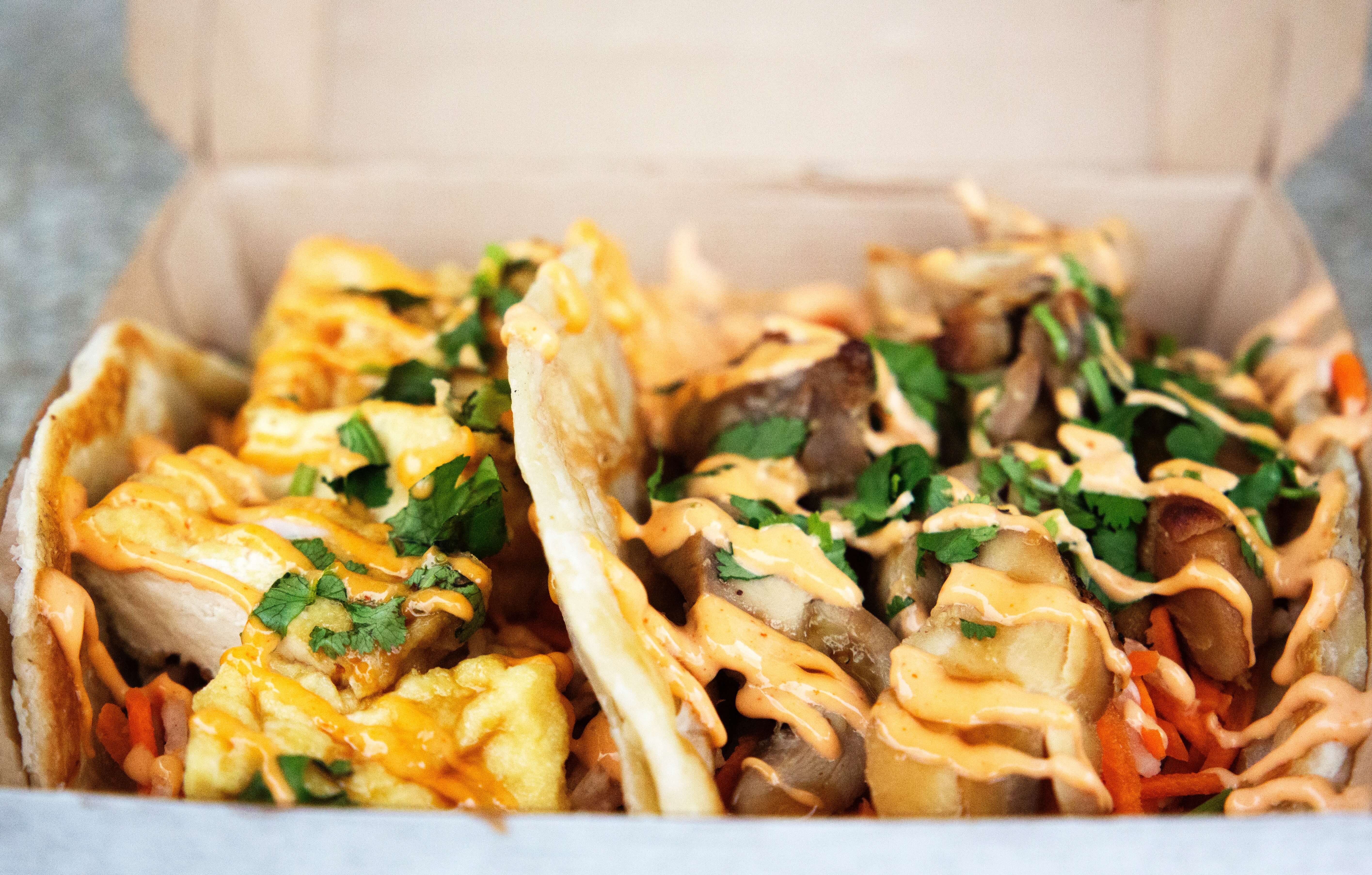The newest trend in the restaurant industry? Cuisine on the couch, your customers’ couch that is.
The decline of customers stepping into retail stores has finally caught up to the restaurant industry with a surge in food delivery technology. Because, in the evenings, the hardest question customers want to answer is the slightly judgmental “are you still there?” from Netflix.
It’s all about convenience.
Yes, there is normally a delivery fee of some sort, and yes, they should tip your delivery driver, but often, customers are fine with paying a little more for convenience. Think about Amazon Prime. People pay an annual fee just to guarantee their purchases arrive on their doorstep within two days. Now that’s convenience at its finest and it’s something that more people are finding desirable in their eating establishments.
If a customer wants a meal from an across town restaurant that doesn’t deliver and can’t see the drive, wait time, and drive home as a valuable use of their hours, they are likely to pay for the convenience of that meal coming to them.
It can be intimidating to launch a delivery program, consider partnering with one of the restaurant delivery service apps that can get your meals into the hands of hungry, homebody customers. So who are the big players you need to know as a restaurant owner?

Grubhub holds the bulk of the market share by being in 1,600 US cities including Philadelpia, Boston, Denver, and San Antonio. In 2013, Grubhub merged with Seamless creating a powerhouse portfolio of 80,000 takeout restaurants with the acquisition of Eat24, AllMenus, and MenuPages. The most recent reporting, according to GrubHub’s About Us page, shows Grubhub sending “nearly $4 billion in gross food sales to local takeout restaurants”. Grubhub/Seamless is noted as the delivery service of choice, used whopping 92% of the time in El Paso, Texas, and preferred in New York and Jacksonville 85% and 72% of the time, respectively. Grubhub can be ordered through both iOS and Android device apps that give customers a variety of payment options, saves your order history, and the ability to pre-order a food delivery.
UberEats, it’s like Uber, for your dinner! Even though it’s a separate app, UberEats works very similar to the Uber you’re used to. Customers can order UberEats delivery in 12+ US cities from hundreds of restaurants by using their website or app to browse, order, and track deliveries. This service is available nationally but is used most prevalently in Texas. UberEats ranks as the top delivery service in Houston, Austin, and Dallas. One of the most unique qualities about UberEats is their GPS locator. Like the ride app, customers can watch their dinner make their way to them via their delivery car. For the most part, UberEats charges a flat $5 delivery fee which can be a drop in the bucket or double your cost, depending on what you order.
Amazon Restaurants. You may have heard of a little thing called Amazon? It now offers food delivery through its Prime Now feature for 20 US cities and around 10,000+ restaurants, with its popularity peaking in its home stomping grounds of Seattle. But here’s the catch, this service is exclusive for Amazon Prime members. Integrating restaurant delivery seems like a natural fit; what can’t Amazon do? For those who read on an Amazon device, receive Prime packages every couple of days, and are fine with shelling out for a Prime subscription, using Amazon to order your favorite takeout probably makes a lot of sense. Amazon Restaurants is still in the beginning stages and is no small contender considering the experienced infrastructure and delivery network of its parent company.
DoorDash, from start-up to starting lineup. This service is available in large regions across the US including Southern California, Minneapolis, and Atlanta. DoorDash focuses on building partnerships with national chains like Jack in the Box, Wendy’s, and El Pollo Loco. DoorDash blankets most of the market share in San Jose with 78% usage with Fort Worth and Indianapolis close behind. Of course, it’s easy to know what you want from restaurants you’re used to ordering from, but what if you wanted to try something new? DoorDash make it easier to explore the unknown with its “DoorDash Delight” system. This score rates a user’s overall experience with the restaurant’s delivery program, which can help customers decide between Restaurant A or Restaurant B. Users can order through DoorDash with an iOS or Android device.

Food delivery technology has come leaps and bounds from where it was 10 years ago but this technology is still highly concentrated in major cities where delivery is second nature. It’s important for restaurant owners to understand the appeal of the food delivery technologies that are out there because they say a lot about customer preferences. Using a food delivery technology, is not always going to be the largest portion of your sales but it is interesting to add that touch of convenience for your customers.
The restaurant industry is changing and evolving at a high pace, and with more pixel power than ever before, can your restaurant keep up?






